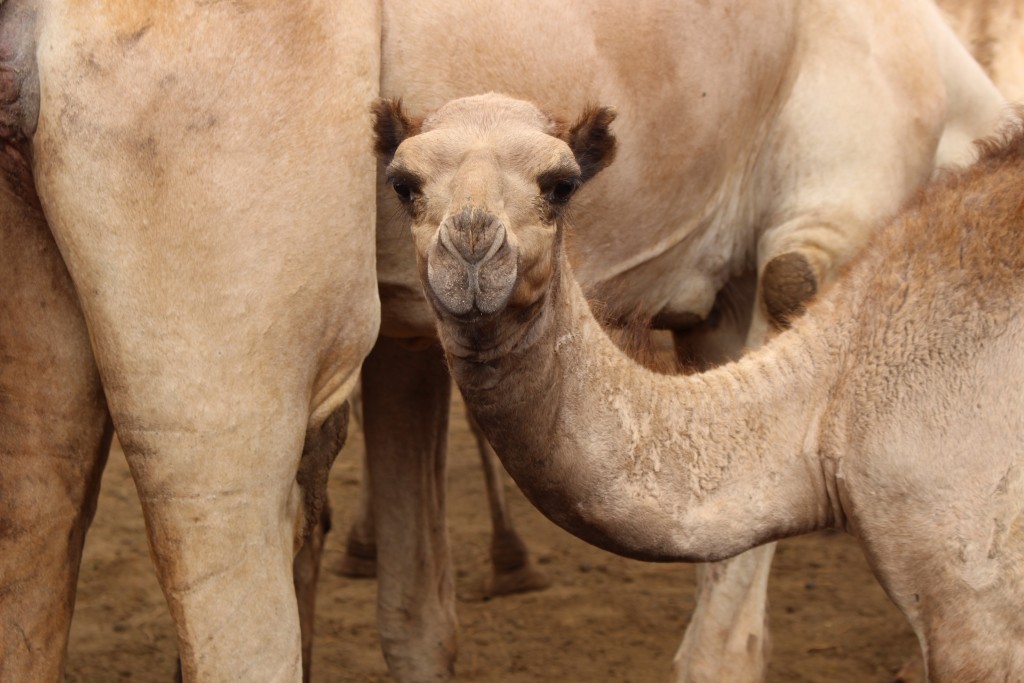Laikipia’s heritage includes pastoralists and their animals living side-by-side with wildlife (teachers find downloadable lesson plans on habitats and communities). Every so often, a herd of goats, cattle or camels will be seen on the live camera feeds at Mpala Research Centre, the home of African wildlife on Explore.org. Researchers here believe that coexistence between wildlife, people and domestic animals
One hump or two?
One hump or two? The one with two: Bactrian – “B” shaped: The single hump for these guys works in the same way as their brethren, “storing fat which can be converted to water and energy… Bactrian camels live not in shifting Sahara sands but in Central and East Asia’s rocky deserts. Temperatures in these
One hump or two?
One hump or two? There are two types of camels that we identify by their humps. The one with one: Dromedary – “D” shaped, one hump, “Arabian” Camels: “Dromedaries, have only one hump, [which] stores up to 80 pounds (36 kilograms) of fat, which a camel can break down into water and energy when sustenance
When conditions heat up
When conditions heat up, camels can increase their own body temperature, which prevents sweating and therefore water loss. Camels can tolerate a 40 percent loss in body mass when food and water are scarce, an amazing feat when one considers that a 15 percent loss would kill most other mammals. Their thick fur insulates them



